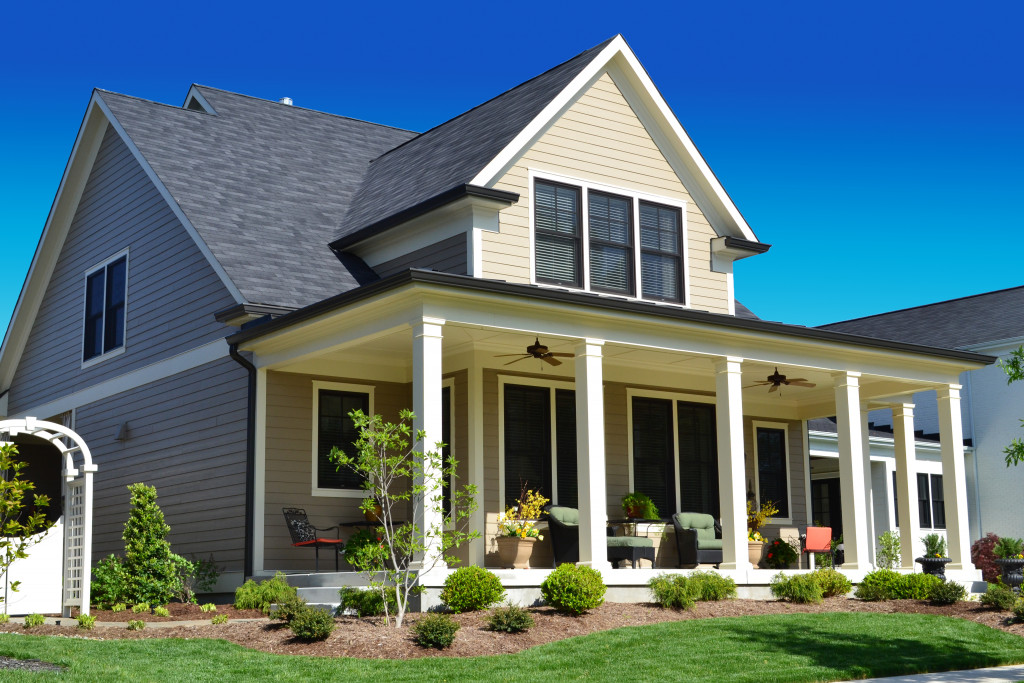Disclaimer: Mladysrecords. This site provides fashion and lifestyle content for informational purposes only.
It’s not very hard to define what a sustainable home is. Essentially, a sustainable house or structure is designed to be energy-efficient and uses materials that leave little to no impact on the environment. A property can either be built from scratch using these sustainable and eco-friendly materials or retrofitted to make it sustainable.
However, what truly defines a sustainable home is whether it’s efficient in all aspects: energy, construction, and even upkeep. It must be strong enough to not become waste in a few years, it should conduct temperature well enough to merit good living conditions, and it should also be sourced with a low environmental impact. While this may sound like many things to adhere to, many people are beginning to succeed at this, proving that it can be done.
How You Can Design a Sustainable Home
More and more people are beginning to be concerned about the environment’s situation and reflecting on sustainable design. If you’re considering a building or turning your property into a sustainable one, here are a few pointers to help you out.
Reduce the Need to Commute to Work
Choosing to live in a sustainable home means you also choose to live sustainably. This means slowly incorporating a more sustainable lifestyle to reduce your negative impact on the environment. When selecting a house, one of your deciding factors can be its distance to everything you need, from your office to local grocers, parks, and other places. Perhaps your new home can be within walking distance of public transportation, or bike parking spots are accessible around the area.
Larger Houses Equals Larger Carbon Footprint
There’s a general preference for larger houses as it’s often seen as an achievement to live in one. However, not everyone needs a large home, and building a large house without any deliberate purpose for its size is detrimental to the environment. Building materials that will be wasted and the overall energy required to maintain it is higher. Consider a house if you truly want to reduce your carbon footprint.
Be Intentional When Considering Your HVAC System
A heating and cooling air system is also a critical component of a sustainable home. Ideally, you want an efficient HVAC system that adjusts to the temperature accordingly using a smart thermostat. Using smart thermostats can significantly manage energy consumption while keeping the overall temperature comfortable for everyone in the house.
Size and Surface Area Matter
How your home is laid out can also significantly impact whether your house is cooler or hotter. To keep a room cool, you want less obstruction and an open area to let cool air pass through without interference. The opposite also works: if you live in a colder region, creating smaller spaces will allow you to trap heat more and seriously save up on heating costs.

Source Local Materials to Eliminate Logistical Expense
Local materials are perfect for sustainable houses for multiple reasons. For one, it supports the local economy, and you can trust its quality more. But it also reduces the need for expensive and rather environmentally-affecting shipments. You won’t have to haul wood across the country to build your home. Of course, the trade-off is that your options are limited to what’s available locally. But that in itself is perfectly fine, as your property will be reflective of its environment and possess the local culture.
Choose Energy-efficient Appliances
One of the best things about modern technology is how energy efficient it has become. Every year, electronics and other appliances are built to be more energy-efficient, consuming less electricity than required. LED lights are far brighter and last longer than fluorescent or incandescent light bulbs; they consume less electricity. LCD TVs are also far more efficient than old and bulky CRT TVs. Search for energy-efficient appliances- there’s now an abundance of them.
Look for Alternative Energy Sources
Of course, the best way to go about energy efficiency is to use renewable sources of energy. Residential-grade solar panels are now widely available, allowing you to complete live off-grid or reduce your reliance on grid power. Modern solar panel technology has become so efficient and accessible that even families can rely on them now, so make use of them.
We all must do our part, regardless of how big or small the role we play is. When everyone works together and lives sustainably, we can positively impact the environment. While these changes and improvements are still not as widespread as they should be, the statistics reflect that it’s going there- we have to keep at it.

